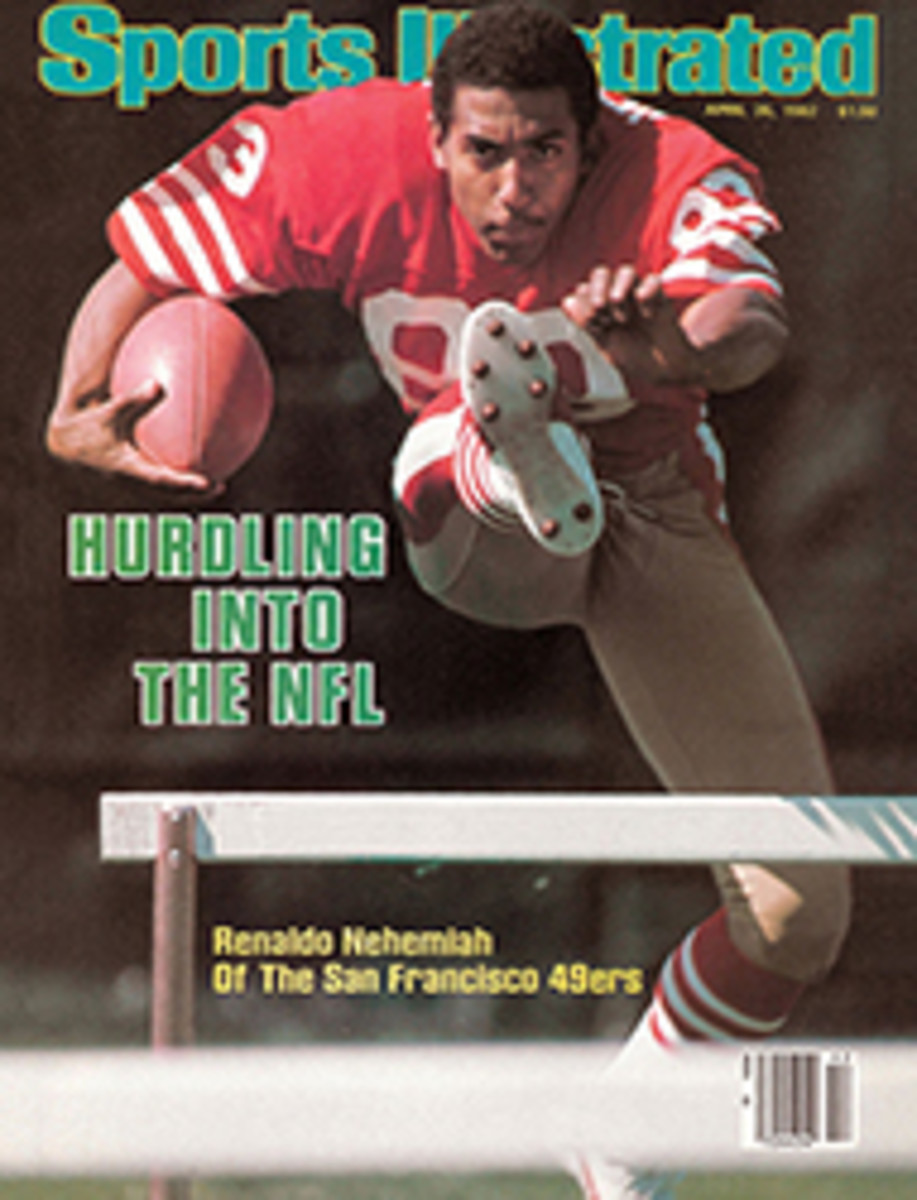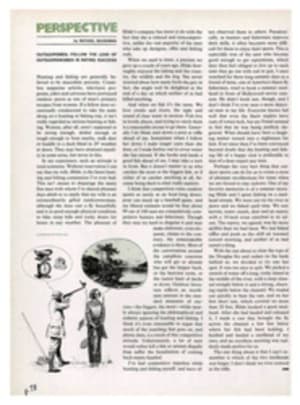
LETTER FROM THE PUBLISHER
When Senior Writer Robert H. Boyle recently was named 1981 Communicator of the Year by the National Wildlife Federation, we were not at all surprised. The award, which is the environmentalist's equivalent of an Oscar, is given annually to "distinguished journalists who have made outstanding contributions to the conservation of the nation's natural resources."
It's appropriate in Boyle's case that the award is in the form of a bird (specifically, a whooping crane), because birds got Boyle interested in conservation in the first place. In December 1959, Boyle, then in TIME'S San Francisco bureau, but writing boxing and baseball stories for us, heard that farmers in northern California were draining Tule Lake, a refuge for some 10 million birds during their southern migration. "I was shocked," says Boyle. "I took it for granted people weren't going to sully the world. I thought it would get better, not worse."
His story on Tule Lake was the first conservation piece he wrote for SI. In it he took on Maurice Strantz, who had left the Bureau of Reclamation to become head of the Tulelake Irrigation District. Boyle used, at the end of his story, Strantz's own words to condemn him: "Land worth $500 an acre is too valuable to be dedicated to ducks."
"The same scummy element that manipulated boxers and fixed fights during the Frankie Carbo era," says Boyle, "is the kind that pollutes the earth. I've been called a fanatic, but the guy who's poisoning a river is the fanatic."
Having taken on the Tulelake Irrigation District, Boyle soon found himself battling much bigger opponents, including, among others, the states of Florida and New York, the Army Corps of Engineers and the Federal Government. Of late he has applied his energies to blocking the building of Westway, a New York City project that would put a superhighway and apartment and office buildings on a 234-acre landfill in the Hudson River. Boyle refers to it as "a real-estate hustle to build high-rises." The National Marine Fisheries Service analyzed a consulting firm's study showing the presence of striped bass in the inter-pier area targeted for the landfill. The Service found that the area is, in fact, the winter nursery for a significant number of striped bass that later migrate out of the river system. The Corps of Engineers knew this but was ignoring it.
As president of the Hudson River Fishermen's Association, Boyle was one of many witnesses who testified against the project in Federal District Court in Manhattan. As he puts it, "The Federal Government was going to give a couple of billion dollars to New York to screw up the Hudson. We were fighting Reagan, Governor Carey and Mayor Koch, among others, but I've got news for them. They lost. Westway is flat on its back and the referee is counting nine."
Indeed, on April 14 a court order was issued prohibiting all work on the landfill project because the Corps of Engineers hadn't properly considered the impact on fish resources and a host of other issues.
"The striped bass has been the noble creature that has led all our fights in the Hudson," says Boyle, "and so far he remains undefeated."
PHOTO
BOYLE: WE'RE VERY GLAD HE GOT THE BIRD

